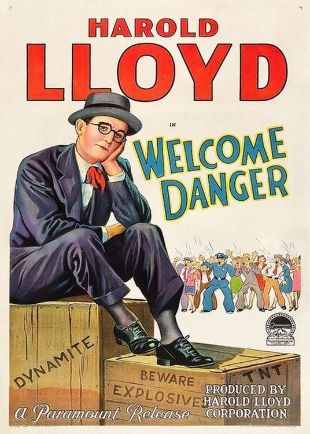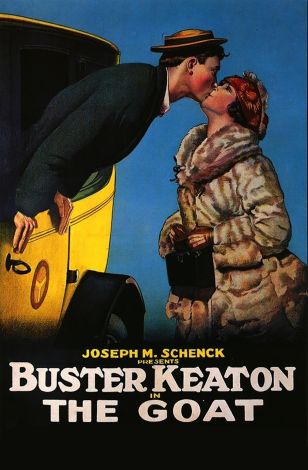Malcolm Saint Clair (usually billed as Mal St. Clair) inaugurated his film career in 1915, when he joined Mack Sennett's Keystone studio as a bit player and gag writer. Graduating to director in 1919, St. Clair left Sennett in 1921 to join Buster Keaton's production company as co-director, writer, and (when the need arose) supporting actor. He then directed a Rin Tin Tin feature before attaining his 1920s reputation as the "new Lubitsch," helming such frothy romantic comedies as Are Parents People? (1924), Grand Duchess and the Waiter (1926), and Gentlemen Prefer Blondes (1928). When talkies arrived, he directed the silent versions of two famous "transitional" films, Paramount's Canary Murder Case (1929) and Harold Lloyd's Welcome Danger (1929), while the sound versions were credited to other directors. On either side of the talkie revolution, he functioned as producer of Knockout Reilly (1927) and Montana Moon (1930). What happened to St. Clair during the 1930s is still one of the great mysteries of Hollywood, summed up succinctly by critic Andrew Sarris: "St. Clair's silent films fizzed, and his sound films fizzled." For whatever reason, the director seemed to lose his touch during this era, and by the end of the 1930s he was grinding out B-pictures for the Sol Wurtzel unit at 20th Century Fox. He rallied briefly as director of the unforgettable Keystone Kops sequence in Fox's Hollywood Cavalcade (1939), then went back to inconsequential programmers. From 1943 to 1945, he directed four of Fox's Laurel and Hardy vehicles, regarded by many comedy aficionados as the team's weakest features (a case could be made, however, for 1943's Jitterbugs, arguably Laurel and Hardy's best post-Hal Roach effort). Contrary to popular belief, St. Clair's career did not end when Laurel and Hardy left Fox; instead, he remained on the Fox lot until 1948, when Sol Wurtzel closed down the B-unit. In 1950, Mal St. Clair announced plans to emerge from retirement and direct Buster Keaton in a series of half-hour TV shows, but illness forced him to give up this comeback bid.
Malcolm St. Clair
Share on


